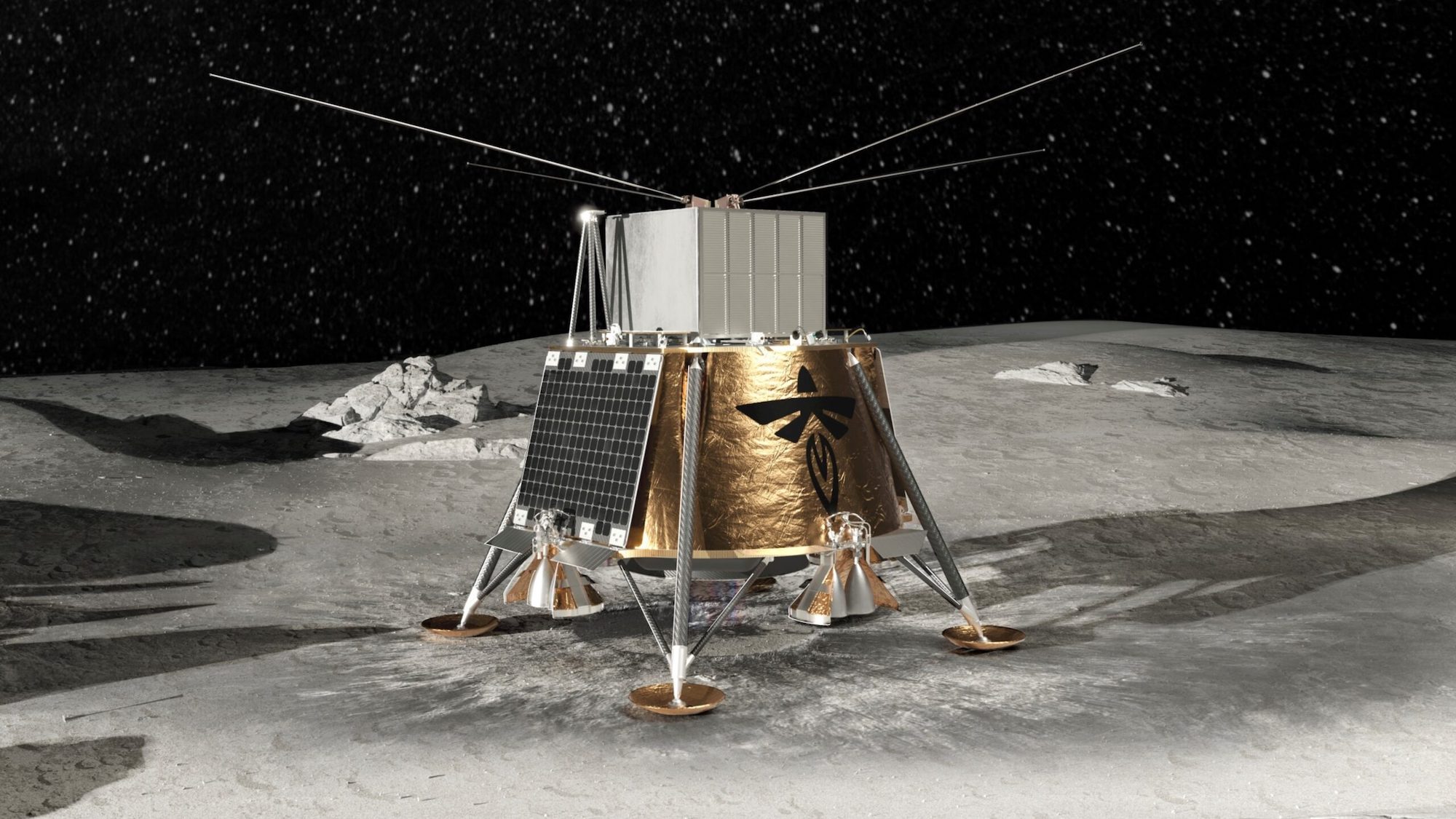

The dark side of the moon, despite its name, is a perfect vantage point for observing the universe. On Earth, radio signals from the furthest depths of space are obscured by the atmosphere, alongside humanity’s own electronic chatter, but the lunar far side has none of these issues. Because of this, establishing an observation point there could allow for unimpeded views of some of cosmic history’s earliest moments—particularly a 400 million year stretch known as the universe’s Dark Ages when early plasma cooled enough to begin forming the protons and electrons that eventually made hydrogen.
After years of development and testing, just such an observation station could come online as soon as 2026, in part thanks to researchers at the Lawrence Berkeley National Laboratory in California.
[Related: Watch a rocket engine ignite in ultra-slow motion.]
The team is currently working alongside NASA, the US Department of Energy, and the University of Minnesota on a pathfinder project called the Lunar Surface Electromagnetics Experiment-Night (LuSEE-Night). The radio telescope is on track to launch atop Blue Ghost, private space company Firefly Aerospace’s lunar lander, as part of the company’s second moon excursion. Once in position, Blue Ghost will detach from Firefly’s Elytra space vehicle, then travel down to the furthest site ever reached on the moon’s dark side.
“If you’re on the far side of the moon, you have a pristine, radio-quiet environment from which you can try to detect this signal from the Dark Ages,” Kaja Rotermund, a postdoctoral researcher at Berkeley Lab, said in a September 26 project update. “LuSEE-Night is a mission showing whether we can make these kinds of observations from a location that we’ve never been in, and also for a frequency range that we’ve never been able to observe.”
More specifically, LuSEE-Night will be equipped with specialized antennae designed by the Berkeley Lab team to listen between 0.5 and 50 megahertz. To accomplish this, both the antennae and its Blue Ghost transport will need to be able to withstand the extreme temperatures experienced on the moon’s far side, which can span between -280 and 250 degrees Fahrenheit. Because of its shielded lunar location, however, LuSEE-Night will also need to beam its findings up to an orbiting satellite that will then transfer the information back to Earth.
“The engineering to land a scientific instrument on the far side of the moon alone is a huge accomplishment,” explained Berkeley Lab’s antenna project lead, Aritoki Suzuki, in the recent update. “If we can demonstrate that this is possible—that we can get there, deploy, and survive the night—that can open up the field for the community and future experiments.”
If successful, LuSEE-Night could provide data from the little known Dark Ages, which breaks up other observable eras such as some of the universe’s earliest moments, as well as more recent moments after stars began to form.
According to Berkeley Lab, the team recently completed a successful technical review, and is currently working on constructing the flight model meant for the moon. Once landed, LuSEE-Night will peer out into the Dark Age vastness for about 18 months beginning in 2026.
